Tag: SSI Securities
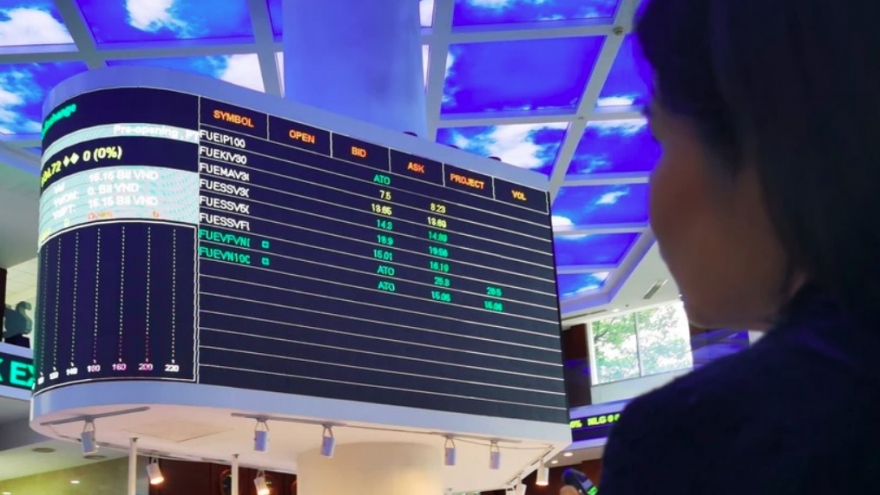
No pre-funding required for foreign institutional investors to buy Vietnamese stocks
Foreign institutional investors are allowed to buy Vietnamese stocks without having enough money at the time of purchase from November 2 under Circular No.68/2024/TT-BTC recently issued by the Ministry of Finance.
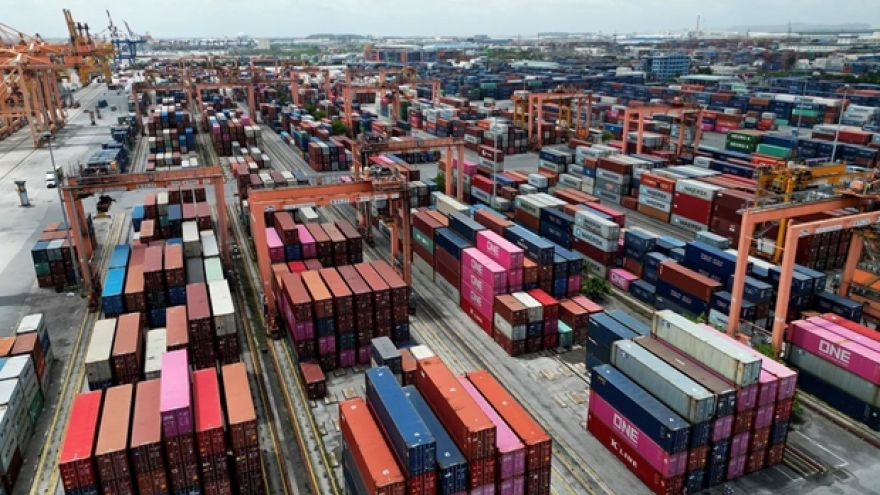
Seaport, logistics sector expected to navigate headwinds this year
Rosy signs in exports-imports, rising shipping fees, and new regulations on seaport services charges are believed to steer Vietnam's seaport and logistics sector through headwinds this year.

Domestic retailers on path to recovery
Analysts believed that profits of almost domestic retailers hit their lowest point in the first half of this year, and the businesses are on the path to recovery.
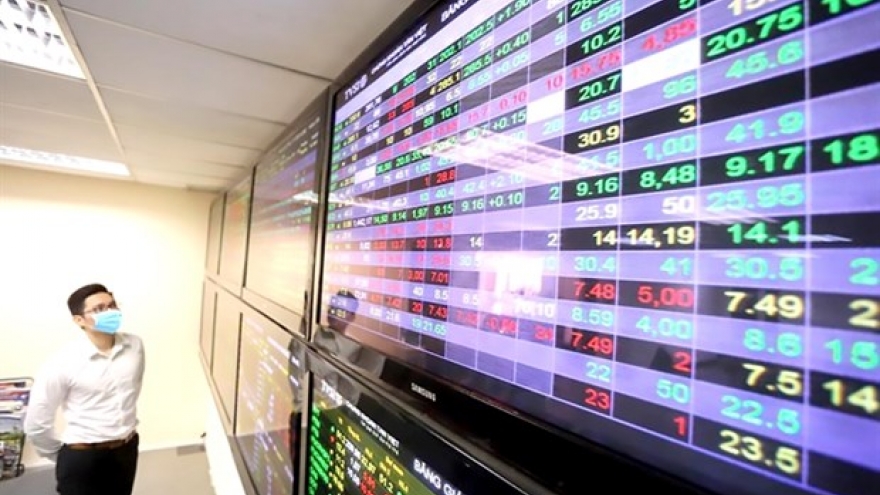
Foreign inflows influenced more by global trend
The orientation of foreign capital flows pouring into Vietnam is heavily influenced by global factors.

Transport firms continue to reap high profits as ocean rates fall slowly
Sea freight rates are expected to fall in the second half of 2022, but at a glacial pace, allowing transport firms to reap high profits for another six months, according to experts.
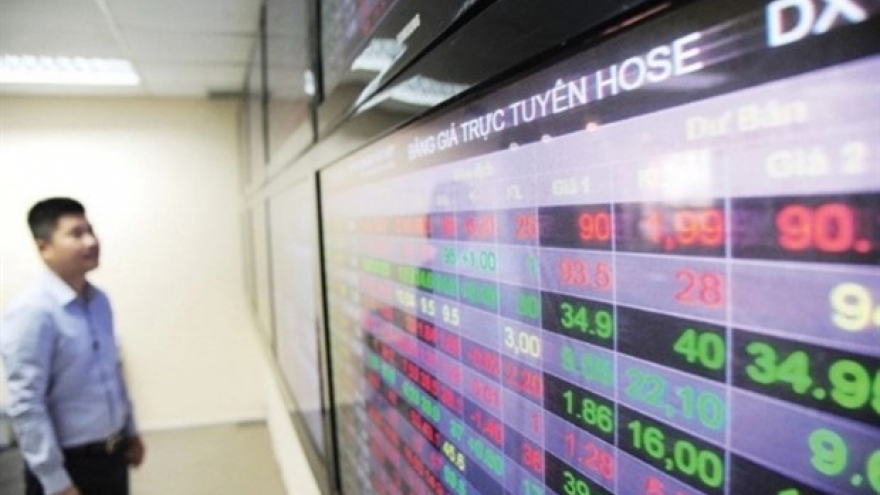
HOSE announces list of top 10 securities companies
The Ho Chi Minh Stock Exchange (HOSE) has announced the top 10 largest securities companies this year.
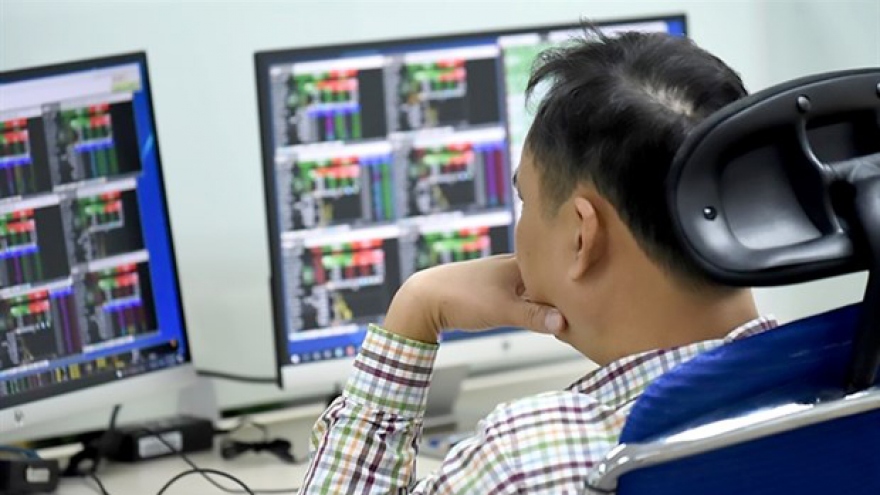
Status upgrade crucial to stock market growth
The upgrade of Vietnam’s stock market from frontier to emerging status is a driving force for the future.
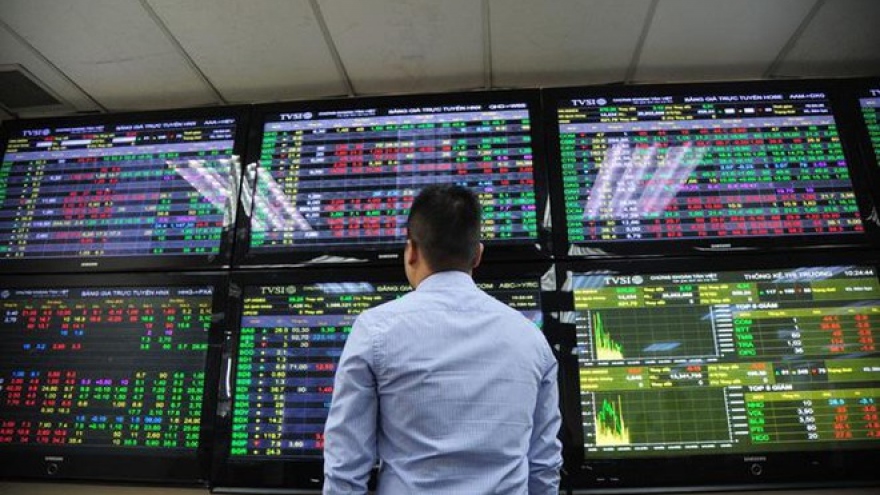
Vietnam stock market among world’s best performers in Jan-May
Vietnam’s stock market remained among the world’s best performers in the first five months as the benchmark Vn-Index rose by 16.31% against early 2021 to 1,283.93 points at the close on May 21, according to StockQ.

Sugar industry eyes solid year after a bitter 2020
The prospects for the domestic sugar industry look brighter this year due to efforts to control smuggling and the imposition of duties on sugar imported from Thailand.

Car prices in Vietnam set to be cheaper
With the COVID-19 impacts still looming on local economy, domestic car prices have gone down but remained nearly double the prices of vehicles sold in Thailand and Indonesia, mainly due to high fees and taxes for locally made cars.









